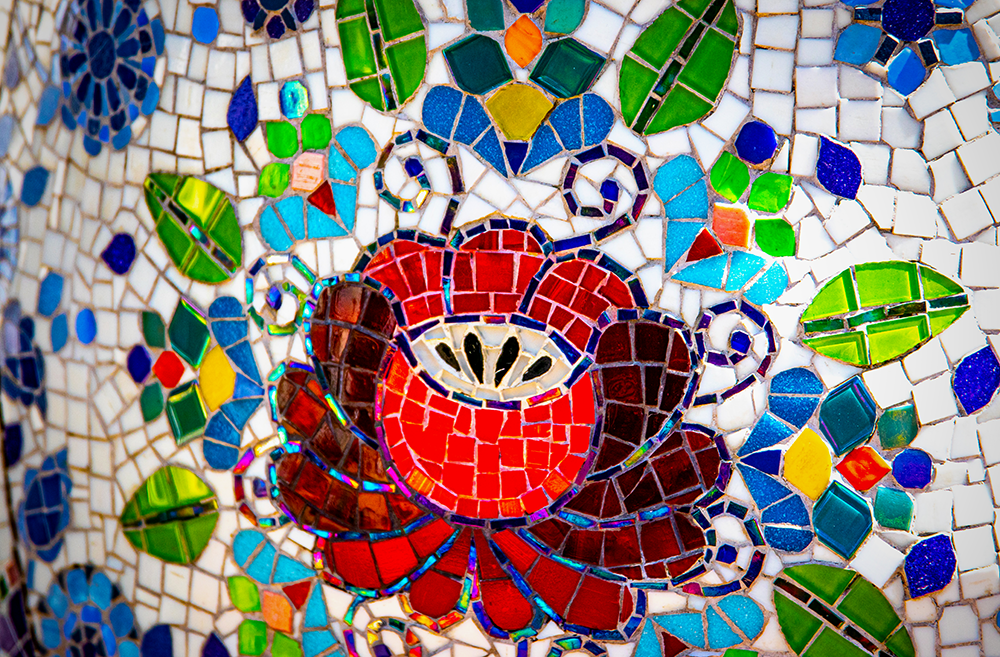Dive into the colorful world of mosaic art, a craft as ancient as it is expressive.
Mosaic art is a timeless and captivating form of expression that has adorned everything from ancient architectural marvels to modern-day home décor.
This comprehensive guide delves into the myriad of materials available for creating mesmerizing mosaics, ensuring your next project not only captivates with its visual allure but also endures through the ages.
Whether you're planning to embellish a backyard feature or add a unique touch to your living room, understanding the best materials to use is the first step towards bringing your artistic vision to life.
Let's explore the options that will set your mosaics apart.
Key Takeaways:
- Diverse Materials: From traditional ceramic tiles to innovative options like stained glass and pebbles, the choice of materials for mosaics is vast and varied.
- Tools and Techniques: Essential tools like tile nippers and glass cutters are crucial for shaping materials, while techniques vary depending on the chosen medium.
- Application and Sustainability: Selecting the right base material and adhesive is key to ensuring the longevity of your mosaic, especially for outdoor projects.
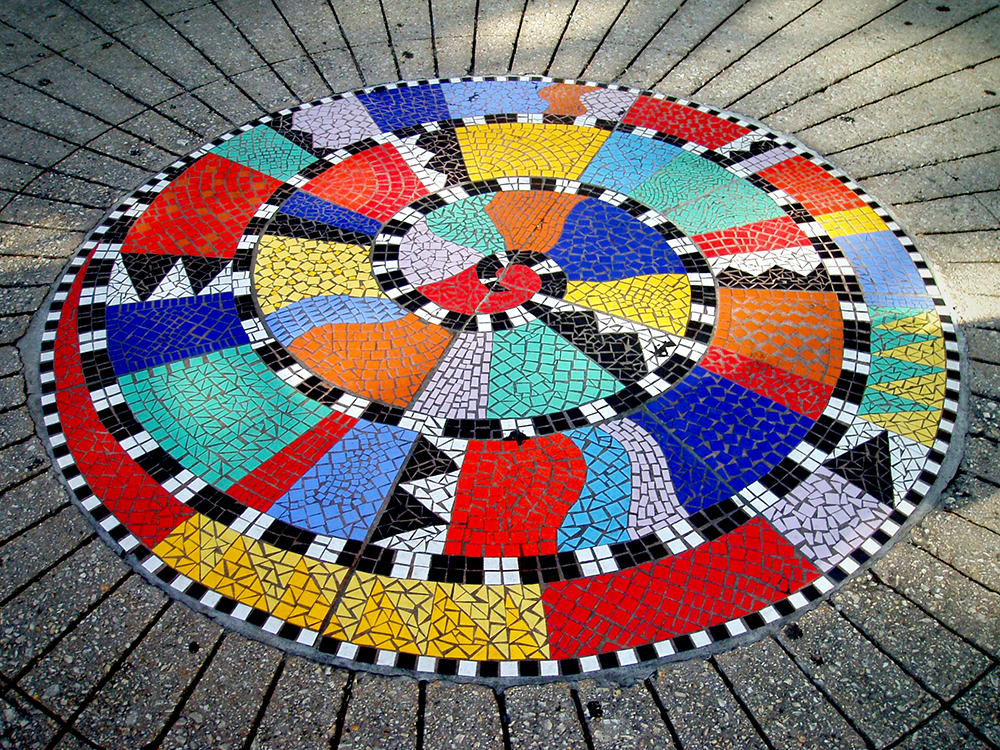

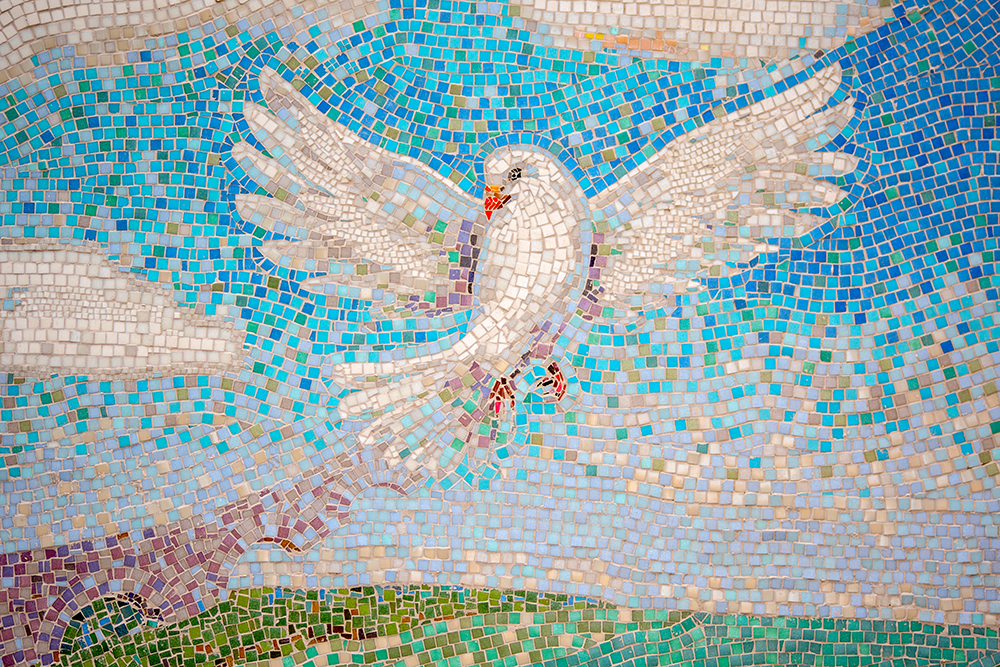
Understanding the Basics of Mosaic Materials
Mosaic making is an art form that involves assembling small pieces, known as tesserae, to create a complete picture or pattern.
The choice of materials can greatly influence both the process and the final outcome of your mosaic project.
Each material brings its unique texture, color, and durability to the mosaic, making it crucial to select wisely based on the project's requirements.
Ceramic Tiles: A Classic Choice
Ceramic tiles are one of the most popular choices for creating mosaics due to their durability and the vast array of colors and finishes available.
They can be easily cut into smaller pieces with a tile cutter or tile nippers, making them suitable for both beginners and experienced artists.
Ceramic tiles are particularly ideal for areas that require moisture resistance, such as kitchens and bathrooms.
Stained Glass: Adding a Splash of Color
Stained glass is another favored material in mosaic art, prized for its vibrant colors and the unique translucency that adds depth to any mosaic design.
When working with stained glass, a glass cutter is essential to achieve precise cuts without breaking the glass.
This material works exceptionally well for projects that will be displayed where they can catch the light, such as window hangings or light fixtures.
Gold Leaf and Metal: Luxurious Touches
Incorporating materials like gold leaf or small metal pieces can give your mosaic a touch of luxury and sophistication.
Gold leaf can be applied directly to the adhesive before placing other tesserae, creating a shimmering background that enhances the overall look of the mosaic.
Metal pieces, whether wire mesh or thin sheets, can be cut and shaped to add industrial chic or rustic charm to your piece.
Natural Materials: Embracing the Outdoors
For those looking to create an outdoor mosaic, natural materials like pebbles, stones, and shells can be an excellent choice.
These materials blend seamlessly with outdoor environments and require minimal cutting, making them a cost-effective and time-saving option for large-scale outdoor projects like garden pathways or stepping stones.
Using Smaller Pieces: Beads and Glass Pieces
Beads and small glass pieces offer a way to add intricate detail and texture to your mosaic.
These smaller elements are perfect for filling in gaps or creating detailed features within a larger mosaic design.
They can be particularly fun to use in projects like decorative frames or small accent pieces.
Recycled Materials: Eco-Friendly Options
Recycled materials are becoming increasingly popular in mosaic art, offering both an eco-friendly approach and a cost-effective solution.
By using items such as broken ceramics, discarded glass, or old tiles, artists can create stunning, sustainable pieces.
This not only helps in reducing waste but also adds a unique story to each artwork.
The use of recycled materials is not only beneficial for the environment but also allows for a broader exploration of textures and colors, making each piece distinctively captivating.
Moreover, incorporating recycled materials in mosaics can be less time-consuming compared to sourcing and preparing new materials.
Artists can find potential mosaic pieces from everyday items, significantly cutting down the cost and time spent on gathering materials.
This practice not only sticks to the principles of sustainability but also challenges the artist to think creatively about the use of unconventional items.
The result is often a surprising and delightful array of patterns and shapes, which can transform a simple wall into a striking feature.
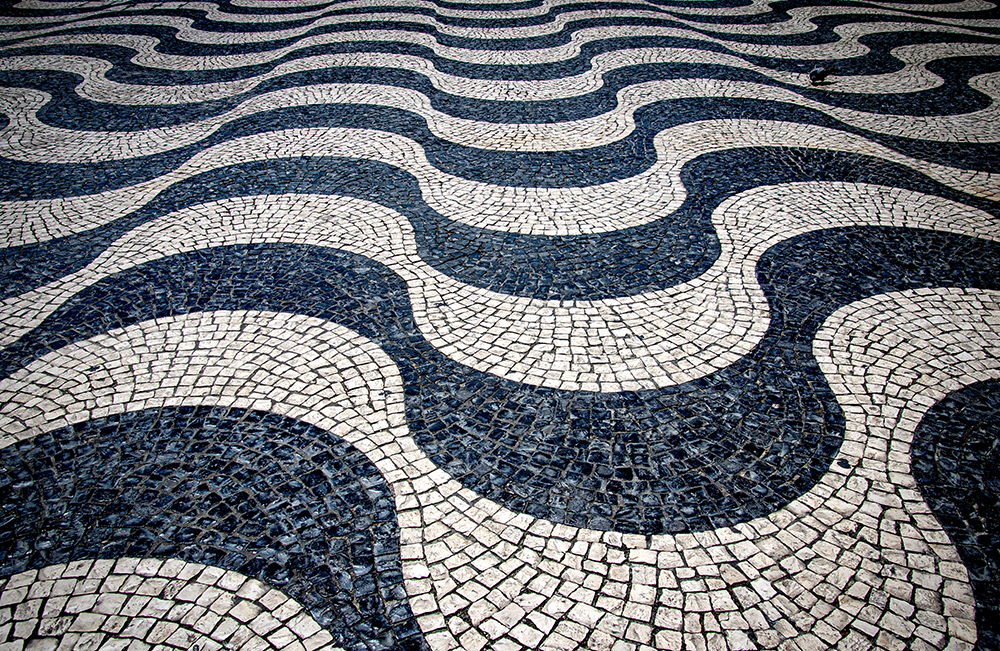
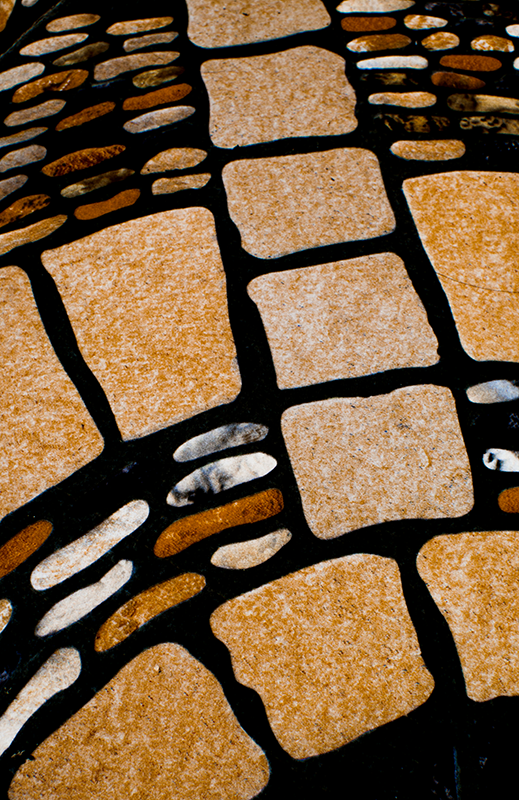
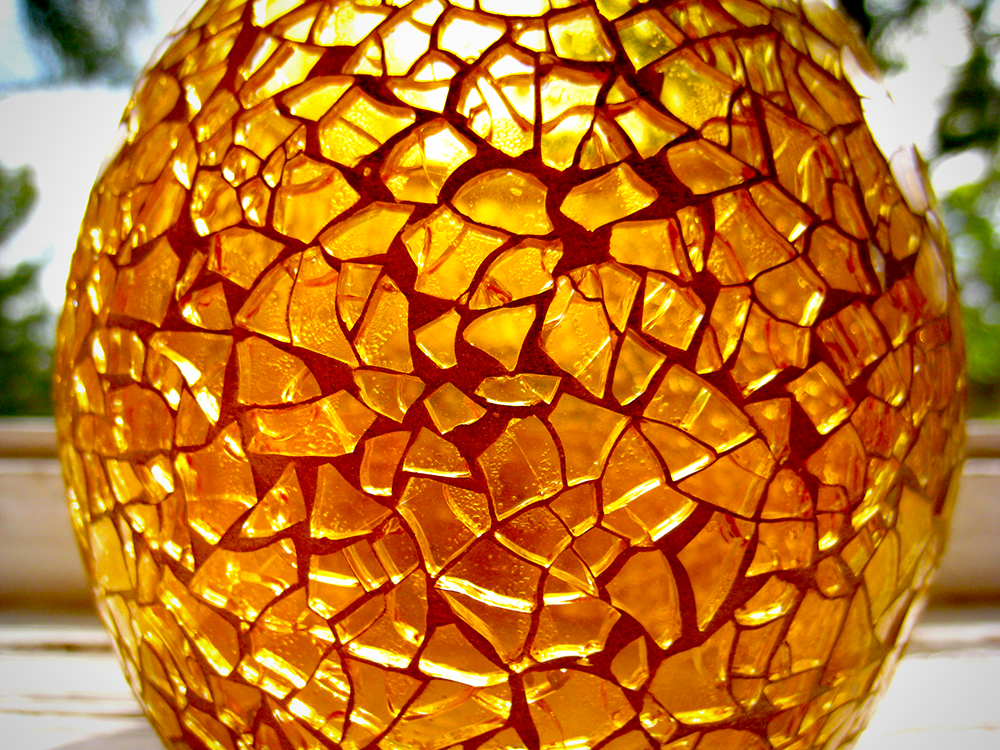
Resin in Mosaic Art: A Versatile Medium
Resin is increasingly popular in mosaic art, offering a glossy finish that enhances the overall appearance of the artwork.
Unlike traditional materials, resin can be poured into molds of any shape, providing artists with unparalleled flexibility in design.
This characteristic allows for the creation of unique textures and effects that are not possible with more rigid materials.
Additionally, resin's clarity and sheen bring a new dimension to mosaic pieces, making colors pop and adding depth to the visual presentation.
Using resin in mosaics can be somewhat time-consuming due to its curing process, which requires patience and precision.
However, the benefits often outweigh the time investment.
Resin is not only durable and water-resistant but also serves as its own adhesive, eliminating the need for separate gluing and grouting stages.
This can streamline the mosaic-making process, ultimately saving time and reducing complexity.
Artists can also embed objects within the resin, such as small beads or metal pieces, to create intricate, multi-dimensional artworks.
Porcelain Tiles: A Durable and Elegant Option
Porcelain tiles are an excellent choice for mosaic projects due to their durability and aesthetic appeal.
Unlike ceramic tiles, porcelain tiles are fired at higher temperatures, making them denser and less porous.
This quality makes them ideal for both indoor and outdoor mosaics, as they can withstand harsh weather conditions without absorbing moisture, which can lead to cracking.
Additionally, porcelain tiles come in a vast array of colors and finishes, allowing artists to create intricate and visually stunning mosaics that are both beautiful and long-lasting.
Using porcelain tiles can be more cost-effective in the long run, despite a potentially higher upfront cost compared to other materials.
Their durability reduces the need for frequent replacements or repairs, making them a wise choice for large-scale or heavily trafficked mosaic installations.
Furthermore, the versatility in design that porcelain offers means that it can mimic the look of more expensive materials like marble or granite, providing a luxurious finish without the associated costs.
This makes porcelain tiles a smart choice for those looking to balance aesthetics with budget considerations in their mosaic projects.
Mosaic Techniques: Explore Shapes and Colors
Mosaic tiles offer a unique opportunity to experiment with various shapes and colors, creating intricate patterns and designs.
When making mosaics, artists often select glass tiles for their vibrant colors and reflective properties, which can transform a simple flat surface into a dynamic visual experience.
By cutting these tiles into different shapes, such as triangles, circles, or irregular polygons, mosaic craft becomes a playground for creativity.
This method not only enhances the aesthetic appeal but also allows for personalized storytelling through art.
In addition to traditional shapes, incorporating other materials like glass stone or ceramic pieces can add depth and texture to the mosaic.
These materials can be juxtaposed against each other to highlight their distinct qualities, such as the smoothness of glass against the roughness of stone.
The choice of grout color also plays a critical role, as it can either complement or contrast with the tiles, affecting the overall mood and style of the piece.
Whether applied to walls or used as standalone art pieces, these creative choices contribute to the mosaic’s unique look, making each project a bespoke masterpiece.
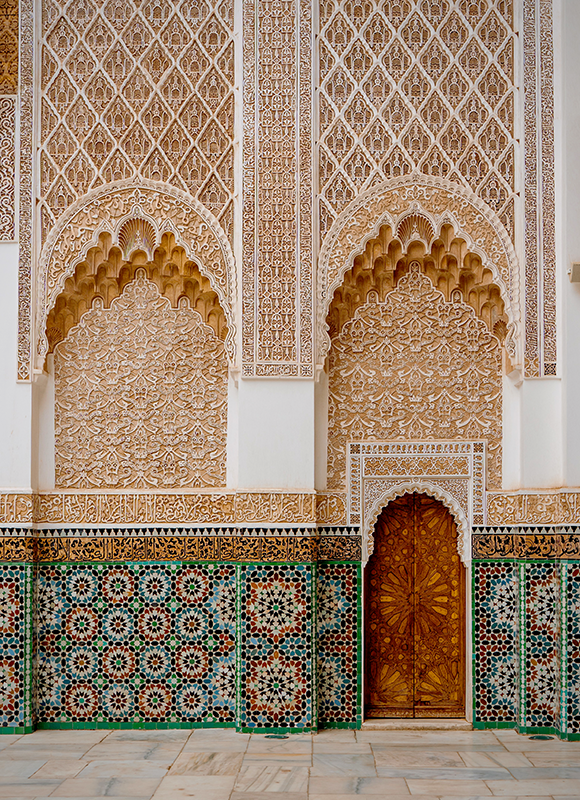
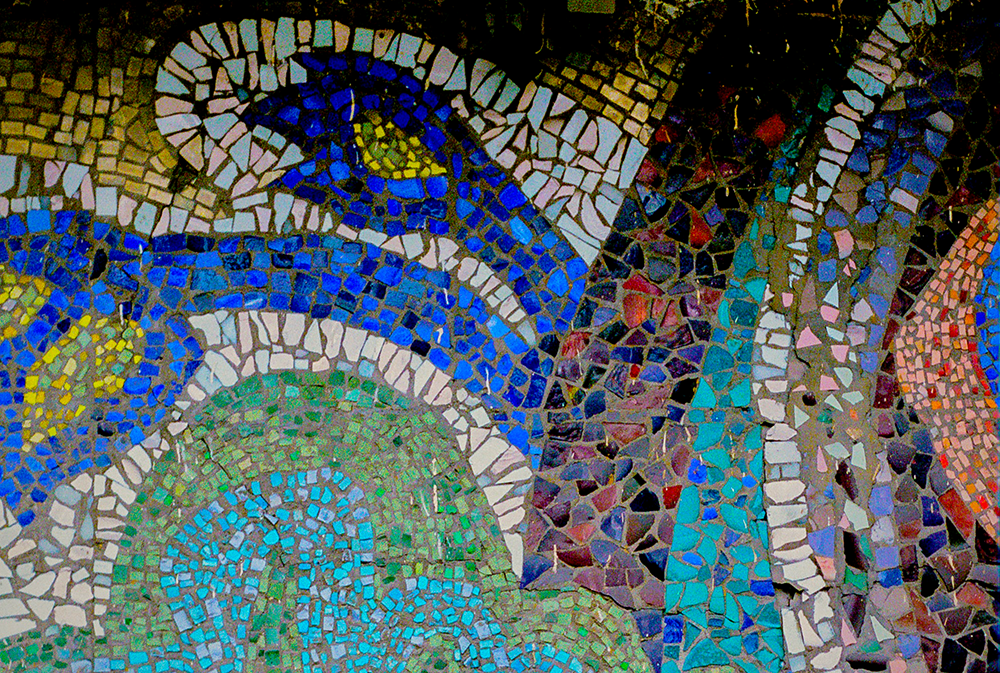

Adding Painting Techniques in Mosaic Designs
Integrating painting techniques into mosaic art can elevate the aesthetic value and uniqueness of each piece.
By painting individual tiles or sections of the mosaic, artists can achieve gradients and subtleties in color that might be difficult with tiles alone.
This approach allows for a more detailed and nuanced expression, making each mosaic a true piece of art.
Furthermore, painting can be used to add shadows and highlights, enhancing the three-dimensional illusion that mosaics can create.
However, incorporating painting into mosaics is not without its challenges.
It requires a careful selection of paints that are compatible with other materials used, such as ceramic or glass, and that can withstand the environmental conditions to which the mosaic will be exposed.
Additionally, this technique can be more cost-effective than sourcing colored materials of specific hues, especially for large-scale projects or when working with limited resources.
By mastering this skill, mosaic artists can expand their creative boundaries and deliver pieces that are both stunning and expressive.
Cement-Based Methods for Outdoor Mosaics
When creating mosaics for outdoor spaces, using cement-based adhesives and substrates can greatly enhance the durability and longevity of the artwork.
Cement-based methods are particularly effective in withstanding adverse weather conditions, making them an ideal choice for garden walls, pathways, and exterior walls.
The robust nature of cement ensures that the mosaic pieces stick firmly and remain intact over time, preserving the beauty and integrity of the artistic work.
Additionally, cement-based techniques allow for greater versatility in the types of materials that can be used.
From heavier natural stones to lighter ceramic pieces, cement can securely hold different types of materials without the risk of detachment.
This method is not only practical but also cost-effective, as cement is readily available and relatively inexpensive compared to other specialized adhesives.
By using cement, artists can ensure that their outdoor mosaics will endure the elements and continue to enchant viewers for years to come.
Practical Considerations for Mosaic Installations
When planning a mosaic for exterior use, it's crucial to choose materials that can withstand the elements.
Cement-based adhesives are often recommended for outdoor mosaics because of their durability and resistance to weather conditions.
Similarly, selecting a mosaic base that is robust, such as cement or a specialized outdoor backer board, ensures that the artwork remains intact over time.
These choices are not only practical but also cost-effective, as they minimize the need for frequent repairs or replacements.
For interior projects, considerations might differ.
Here, aesthetics can take precedence, with a wider range of materials at your disposal.
Wood can serve as an excellent mosaic base for indoor pieces, providing a warm and organic backdrop that complements the vibrant mosaic tiles.
However, wood surfaces require proper sealing to prevent moisture absorption, especially when using grout.
This step is crucial to maintain the integrity of the mosaic and prevent warping or damage over time.
Whether for indoor or outdoor use, understanding these practical aspects ensures the longevity and beauty of mosaic art.
Adhesives and Base Materials
Choosing the right adhesive is crucial for the longevity of your mosaic.
For most indoor projects, PVA glue can suffice, but for outdoor or high-moisture areas, a more robust bonding agent like thin-set mortar or Portland cement is recommended.
The base material also plays a critical role, with options ranging from plywood for indoor art to fibreglass mesh or cement boards for outdoor use.
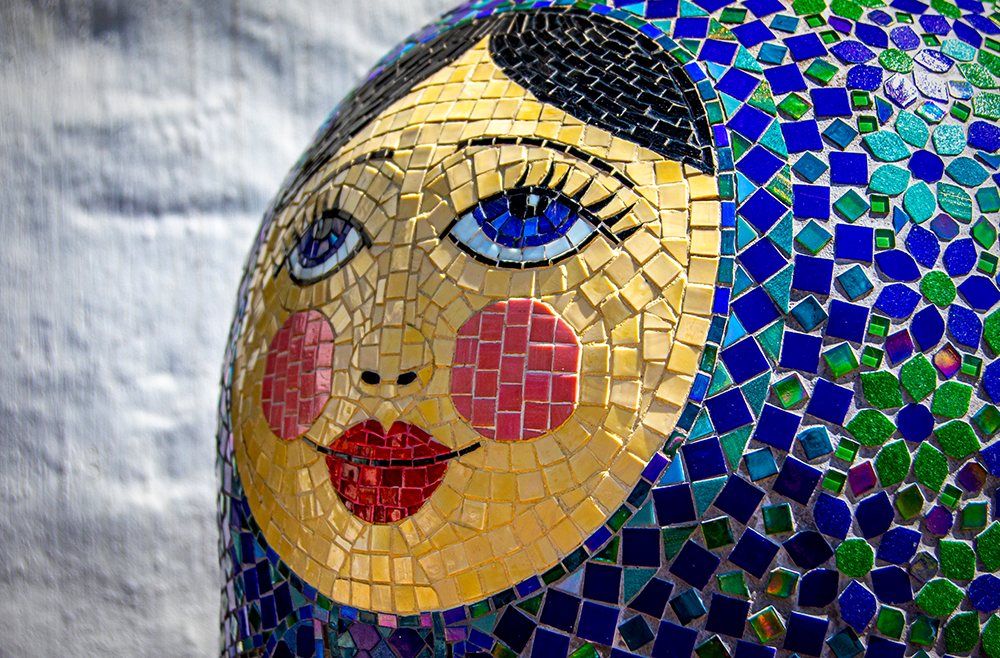
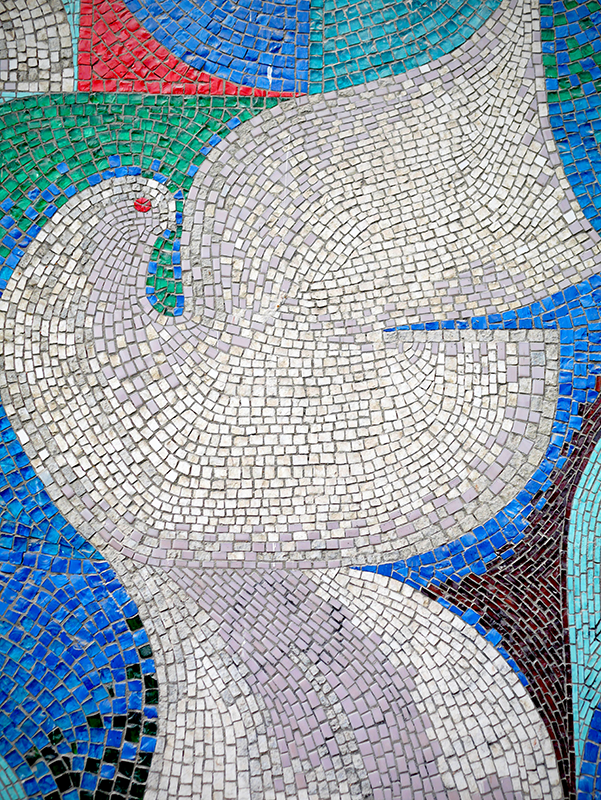

Tools of the Trade: Cutting and Shaping
Effective tools are indispensable in mosaic making.
Tile nippers and glass cutters are essential for shaping materials, while grinders and power tools may be necessary for harder materials like thick glass or ceramic.
Always ensure you have the right tool for the material you are working with to prevent injury and wastage.
Time Management in Mosaic Art Creation
Creating mosaics can be a time-consuming endeavor, especially when working with intricate designs and small pieces.
Planning is crucial in managing the time effectively to ensure that the project progresses smoothly without unnecessary delays.
Artists should consider the complexity of the design and the types of materials used, as some materials may require more preparation or specific handling.
Allocating time for each stage of the process, from design sketching and material selection to cutting, laying, and grouting, helps in maintaining a steady workflow and meeting project timelines.
To optimize time, artists can also employ techniques such as using pre-cut tiles or opting for simpler designs that do not compromise the artistic integrity of the piece.
Additionally, using faster-setting adhesives and grouts can significantly reduce waiting times between steps.
For large or commercial projects, working as a team rather than individually can also help in distributing the workload and reducing the overall time spent.
Effective time management not only ensures the timely completion of mosaic projects but also helps in maintaining high standards of quality and craftsmanship.
Craft Your Masterpiece with Confidence
As you embark on your mosaic art journey, remember that the materials you choose are the foundation of your creative expression.
Mosaic art offers a unique way to express creativity, with a variety of materials at your disposal.
From the classic beauty of ceramic tiles to the natural elegance of pebbles and colorful stained glass, each material brings something special to the table.
Whether it's the timeless charm of ceramic tiles, the rustic allure of pebbles, or the dazzling vibrancy of stained glass, each option offers a unique palette for your artistic vision.
By understanding the properties of each material and using the appropriate tools and techniques, you can create stunning mosaics that are both beautiful and durable.
Armed with knowledge about the distinct properties of these materials and the right techniques, you're well-equipped to create mosaics that are not only visually stunning but also built to last.
Let your creativity flow, and transform ordinary spaces into extraordinary artscapes.

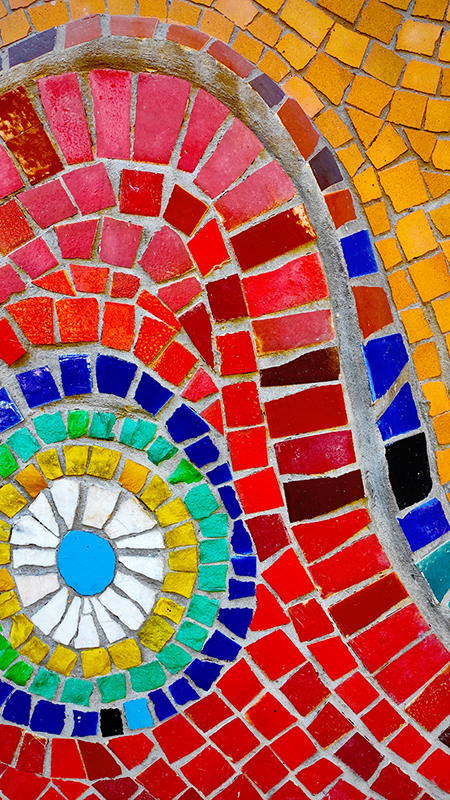
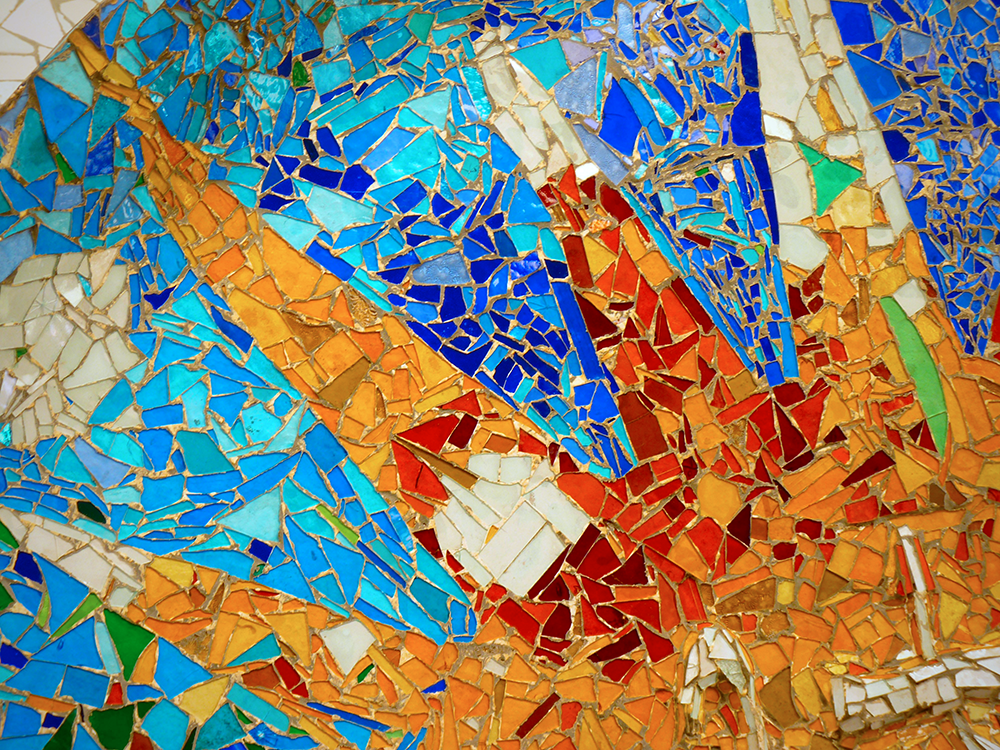
Mosaic FAQs
Embarking on a mosaic project can be as thrilling as it is intricate, weaving together artistry and endurance.
Whether you're dressing up a garden wall or adding a splash of color to a patio, the right choices can transform your space into a vibrant tableau.
But before you dive into the world of tesserae and grout, you likely have a few questions.
From selecting the perfect materials that brave the outdoors to choosing adhesives that last, these Mosaic FAQs are here to guide you through your creative journey, ensuring every piece of your artistic puzzle falls perfectly into place.
Let's explore some of the most common inquiries to help you get started on the right foot.
What is the best material for outdoor mosaics?
For outdoor mosaics, durable materials like ceramic tiles, natural stones, or pebbles are ideal. They withstand weather conditions better and maintain their color and integrity over time.
Can I use regular glass pieces for a mosaic?
Yes, regular glass pieces can be used for mosaics, but they need to be handled carefully. It is important to smooth the edges with a glass grinder to prevent injuries and ensure a better fit within the mosaic.
How do I choose the right adhesive for my mosaic project?
The choice of adhesive depends on the location and the materials used. For indoor projects, PVA glue is sufficient. For outdoor or wet environments, consider using a waterproof adhesive like thin-set mortar or a silicone-based adhesive to ensure longevity and durability.
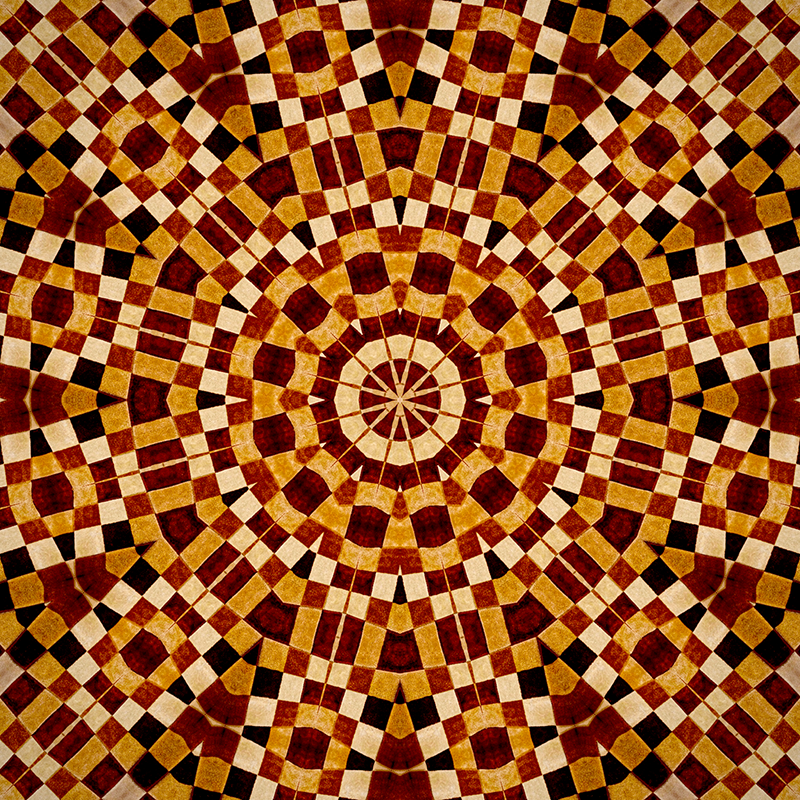
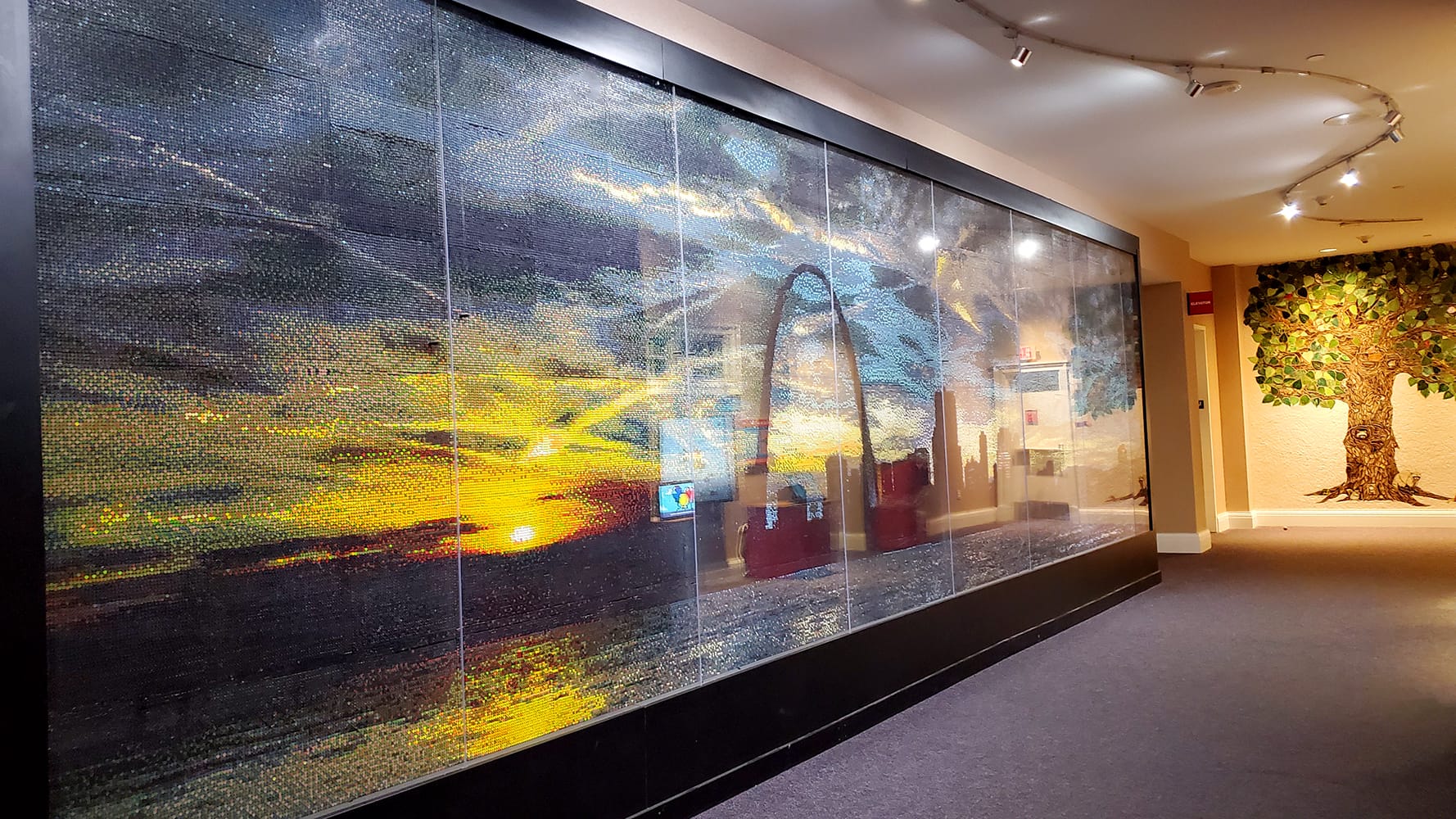
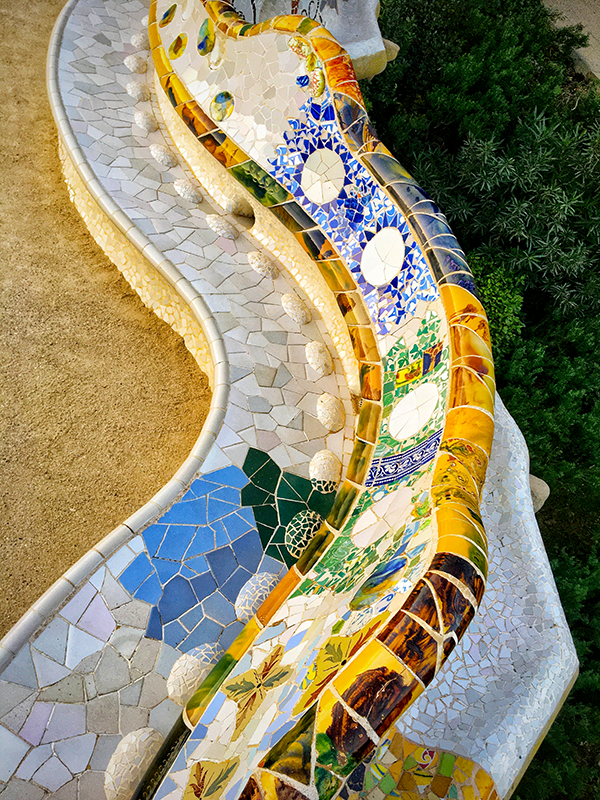
Eager to learn more about mosaic materials? Check out Helen Miles Mosaics' video!
Want even more content about creativity and art?
Be sure to check out all of our creative chronicles!
Interested in exploring the world of mosaics?
Check out some of our other articles:
-What is another word for mosaic?
